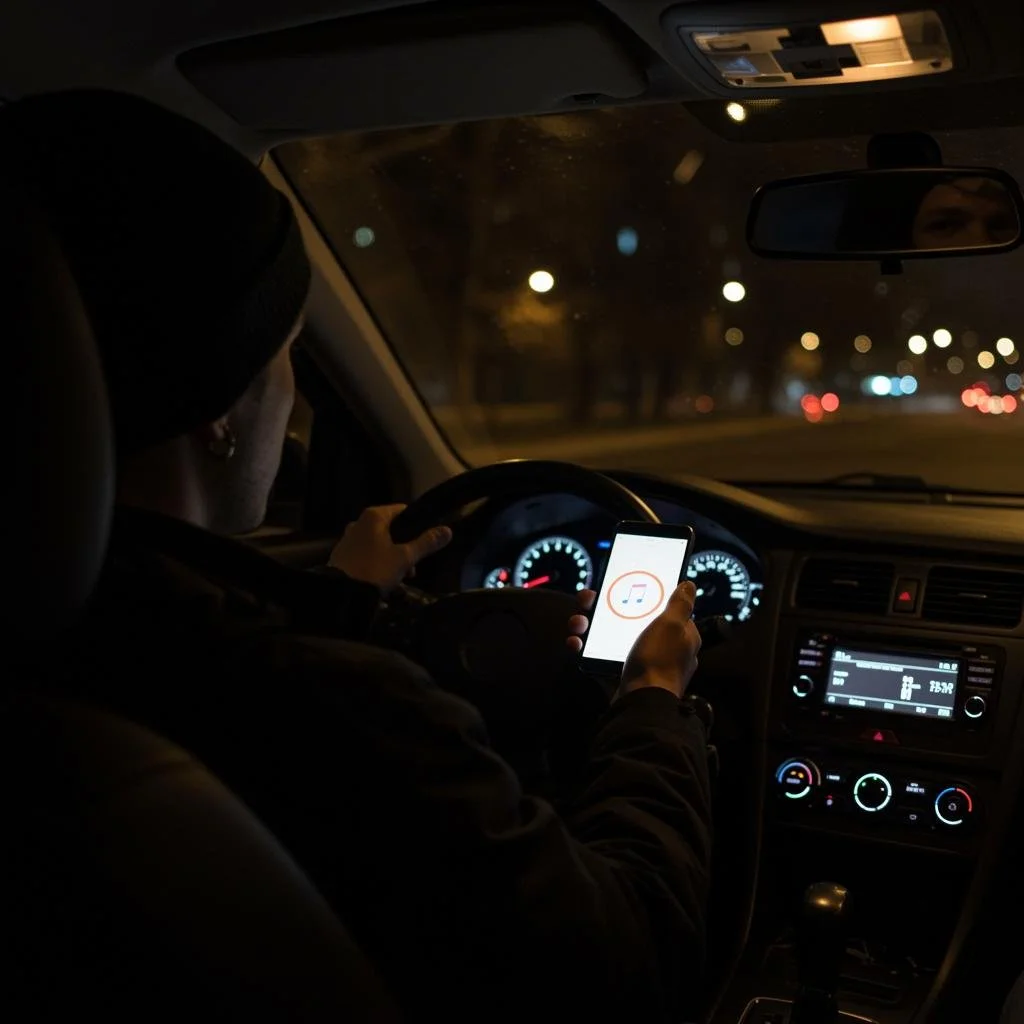Distracted Driving: Consequences And Legal Considerations
In today's fast-paced world, it often seems as if time is a commodity in short supply. Many individuals opt to multitask to keep up, yet this behavior can have disastrous consequences when carried out while driving. Such distractions have the potential to result in serious outcomes, jeopardizing not only personal safety but also the well-being of the broader community.
In this article, we explore the reasons for a distracted driving accident, discussing its significant consequences, and the legal implications to be mindful of, as well as suggesting potential strategies for prevention and mitigation.
No. 1
What is Distracted Driving?
Engaging in any activity that diverts a driver's focus from operating a vehicle is known as distracted driving.
This dangerous behavior, such as texting, eating, or adjusting the radio while driving, significantly increases the likelihood of car accidents on the road. Drivers must maintain their full attention on the task of driving to ensure the safety of themselves and others sharing the road.
Distraction can be classified into three main types:
Visual Distractions: Taking your eyes off the road
Manual Distractions: Taking your hands off the wheel
Cognitive Distractions: Loss of concentration or daydreaming while driving
Some instances of distracted driving include:
Using a navigation system
Sending a text
Taking a picture or video
Making phone calls
Eating while driving
Any of these distractions may put you, your passengers, and other motorists in danger.
No. 2
The Consequences of Distracted Driving
Every year, thousands of Americans are impacted by distracted driving.
Every day in the United States, crashes involving distracted drivers are said to claim the lives of 9 individuals.
In 2019, there were over 3,100 fatalities and around 424,000 injuries in the US due to accidents involving distracted drivers.
In 2019, about 1 in 5 distracted driving fatalities were non-car users, such as pedestrians, bicyclists, or others.
No. 3
The Legal Implications of Distracted Driving
Distracted driving can lead to serious legal consequences, including fines, license suspension, and even criminal charges in some cases.
Addressing distracted driving goes beyond mere traffic fines or license suspensions. Given that laws on distracted driving vary from state to state, it is essential to stay updated on the specific regulations that oversee this hazardous conduct.
Distracted driving is usually deemed to be a traffic violation in most jurisdictions. Hence, this could lead to consequences like fines, increased insurance premiums, points on your driver's license, and in severe cases, license suspension or revocation.
Some consequences include:
Suspension of your driving privileges
Escalation of insurance premiums
Jail time
Let’s consider a scenario where your distracted driving leads to a severe injury or, tragically, a fatality. In such grave situations, you are legally responsible for covering the damages suffered by the victim. This liability may involve you having to pay significant compensation and in severe cases, you could potentially be subject to criminal prosecution as well.
The legal consequences of distracted driving can profoundly disturb one's financial health and personal liberty. By staying informed about the rules and restrictions in place, you can better prioritize road safety for yourself, as well as for fellow drivers and pedestrians.
No. 4
How do You Prevent Distracted Driving?
Realizing the consequences is one thing, but understanding how crucial it is to prevent distracted driving is key.
By implementing proactive measures and raising awareness about the dangers, we can actively work towards minimizing the risks associated with this hazardous behavior. The first crucial step would be acknowledgment. It is essential to recognize that distracted driving is incredibly unsafe in all its forms. This level of awareness can truly go a long way in shaping and cultivating safer driving behaviors in individuals.
Next, it is essential to establish a secure driving environment that prioritizes safety for both yourself and others on the road. Before starting your journey, take a moment to set up your GPS for guidance and adjust your mirrors to ensure optimal visibility. Additionally, if you need to use your phone while driving, opt for hands-free technology to minimize distractions, or if needed, safely pull over to the side of the road to attend to any calls or messages. These precautions contribute to creating a safer driving experience for everyone involved.
No. 5
Harnessing Technology For Safer Driving
Technology, which frequently contributes to distractions, can also be a part of the answer when it comes to promoting safe driving practices.
It is important to highlight that in recent years, many contemporary vehicles come with sophisticated safety features that actively discourage the use of phones while driving, underscoring the significance of placing road safety as the top priority in all circumstances.
Moreover, certain applications are designed to assist you in staying focused by preventing distractions. These apps can automatically respond to calls or messages when you are driving, allowing you to remain connected without compromising your safety or ability to concentrate.
Takeaways
While it may appear daunting and impossible to eliminate distracted driving, each small advancement in that direction holds significance. This collective responsibility commences with comprehension and culminates in action. The impact of even a single distraction could determine whether the journey ends safely or tragically.
Therefore, choose your focus wisely, and prioritize safe driving practices. Each one of us has the ability and responsibility to contribute positively towards creating safer roads for ourselves, our families, and everyone in our community.






























